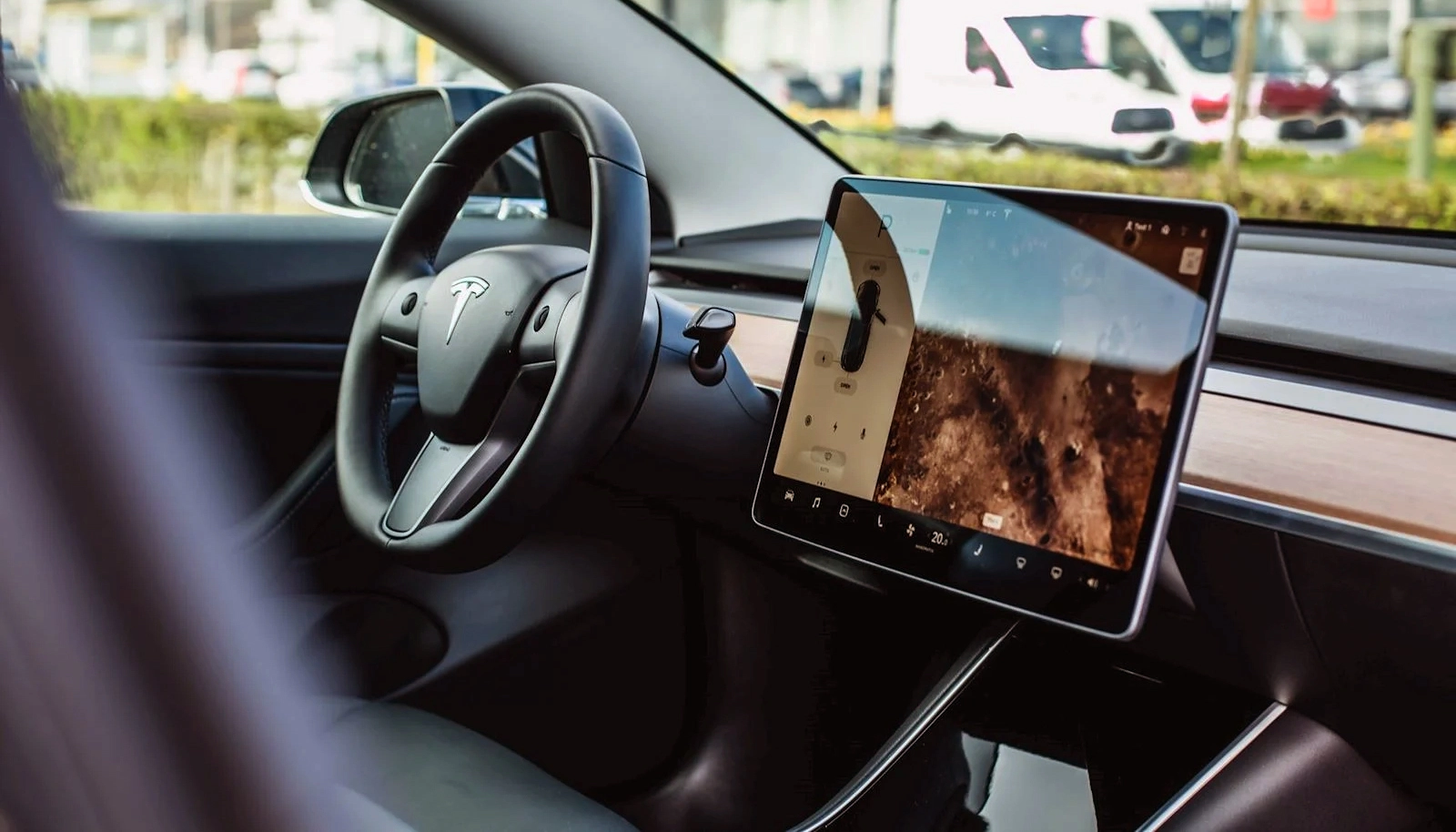Self-Driving Cars: The Future of Transportation Technology
The rapid development of technology is transforming the automotive industry. Innovations like electric vehicles and connected cars are becoming mainstream, but one of the most exciting developments is self-driving cars or autonomous vehicles. Leading automotive and tech companies such as Tesla, Waymo, and Mercedes-Benz are making significant strides in this field. Let’s explore the world of self-driving cars with examples from various brands and models.
What is a Self-Driving Car?
Self-driving cars are vehicles capable of moving independently without human intervention. They are categorized into five levels of autonomy:
- Level 0: Fully manual control.
- Level 1: Some automatic functions like adaptive cruise control (e.g., in the Toyota Corolla).
- Level 2: Control over both speed and steering, but human supervision is required (e.g., Tesla Model 3 with “Autopilot”).
- Level 3: The vehicle takes full control under certain conditions. The Audi A8 was one of the first cars to offer this level of autonomy.
- Level 4: Mostly autonomous operation, but human intervention is required in complex scenarios. Waymo is testing driverless taxis at this level in Phoenix, Arizona.
- Level 5: Fully autonomous cars without any steering wheels or pedals. No manufacturer has yet released a fully Level 5 vehicle.
How Do Self-Driving Cars Work?
Autonomous vehicles rely on advanced sensors, cameras, artificial intelligence (AI), and mapping technologies. Here’s how these technologies come together:
- Sensors and Cameras:
- Tesla Model S uses ultrasonic sensors and cameras to detect surrounding vehicles and pedestrians.
- LiDAR (Light Detection and Ranging), used by Waymo, creates a 3D map of the environment.
- Artificial Intelligence and Machine Learning:
- The NVIDIA Drive platform enables vehicles to make decisions with the help of AI and learn from past experiences to improve safety.
- Radar Systems:
- Mercedes-Benz S-Class uses radar to detect speed and distance, even in poor weather conditions.
- Mapping and GPS:
- Autonomous vehicles like Waymo use Google Maps for route planning.
- BMW leverages the “HERE” mapping system for precise autonomous navigation.
Notable Models and Brands
- Tesla Model 3 / Model S / Model X: Offer Autopilot and Full Self-Driving (FSD) features for semi-autonomous driving.
- Waymo: Google’s driverless taxis are being tested in Arizona.
- Mercedes-Benz EQS: Provides Level 3 autonomous driving capabilities.
- Audi A8: One of the first models with Level 3 autonomy.
- Nuro: A company developing fully autonomous delivery vehicles.
Advantages and Disadvantages
Advantages:
- Reduced accidents: Tesla’s AI aims to minimize human error, a leading cause of accidents.
- Fuel and energy efficiency: Electric vehicles use algorithms for optimized energy consumption.
- Accessibility: Self-driving cars can offer greater mobility for the elderly and disabled.
Disadvantages:
- Cybersecurity risks: Autonomous vehicles like Tesla and Waymo could be vulnerable to hacking.
- Legal uncertainties: Responsibility in the event of an accident remains a legal gray area.
- Cost: High-end autonomous models such as the Mercedes-Benz EQS come with steep price tags.
The Future of Autonomous Vehicles
Companies like Waymo, Tesla, and Mercedes-Benz are working to make self-driving vehicles the primary mode of transportation. Autonomous taxis, delivery robots, and connected cars are expected to reshape urban mobility. Tesla’s Full Self-Driving (FSD) software aims to enhance autonomous capabilities, while companies like Waymo and Uber are expanding their driverless taxi services.
Additionally, the integration of self-driving cars with smart cities will help reduce traffic congestion and promote eco-friendly transportation. However, achieving full Level 5 autonomy will require further advancements in both technology and regulatory frameworks.
Conclusion
From Tesla’s innovative Autopilot to Waymo’s driverless taxis, self-driving cars are already starting to shape the future of transportation. While this technology promises safer, greener, and more accessible mobility, challenges remain—such as legal and cybersecurity issues.
As autonomous vehicles evolve, we will witness profound changes in urban mobility and logistics. Although many brands are leading the way, it will still take time for fully autonomous cars to become a common reality on our roads.

